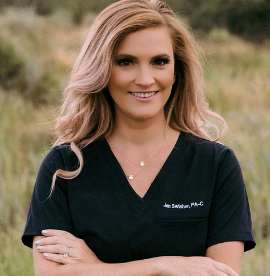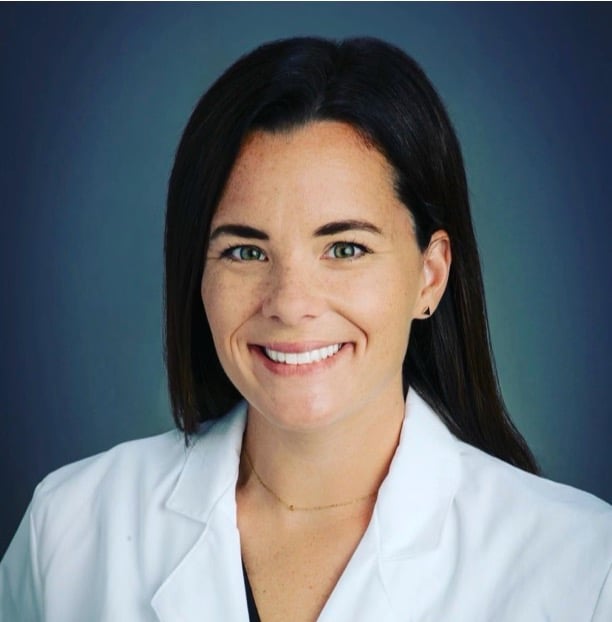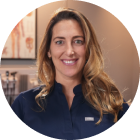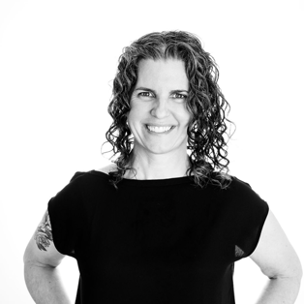Patella Dislocation: A PA Moms Perspective
Her scream reached a pitch I had never heard from her before. It was nine in the evening, and she was playing with her sister, engaged in lively roughhousing before bedtime. When I hurried out of the kitchen, I found her lying on her back, clutching her leg, and there was no mistaking a patellar dislocation. Without hesitation, I switched into urgent care mode, aided by my husband, and successfully reduced her patella. Seeing a dislocated...
Read more






